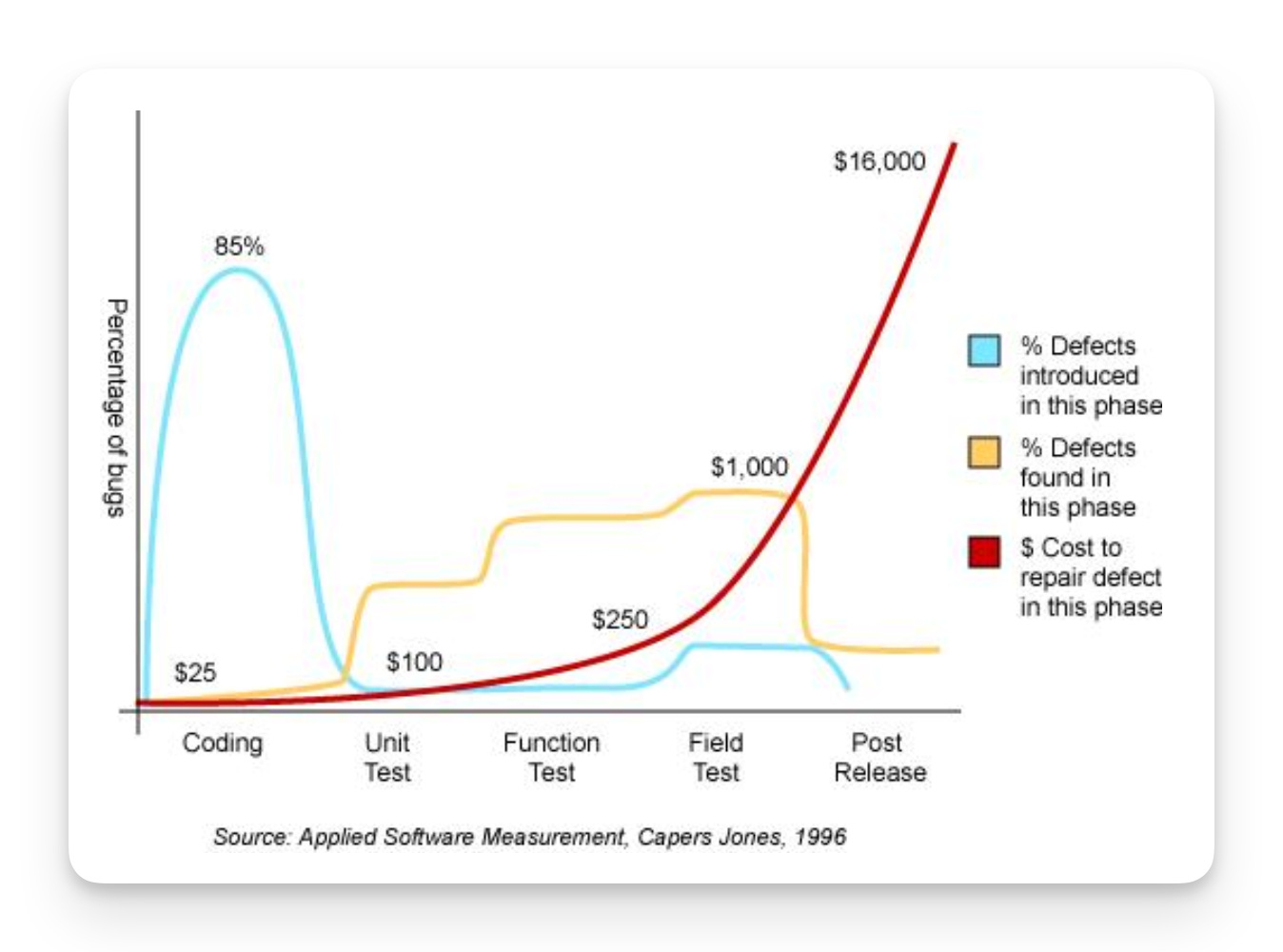The DevOps Evolution: Why Security Had to Join the Party
If you’ve been in Tech for more than a decade, you’ll perhaps agree that nothing has shaken up the software development process quite like the emergence of three paradigms: Agile, Cloud, and DevOps.
It's hard to say which one played a key role because they all strengthened each other. However, if we were forced to choose just one we would pick DevOps. Why?
Because DevOps is a bridge between the way applications are most often developed (Agile) with the way applications are most often delivered (Private or Public Cloud). That’s why we see DevOps as a driving force and it's no coincidence that its symbol is an infinite loop:
What Exactly IS DevOps?
OK, but what specifically is DevOps? If we ask 10 people, we'll get 11 answers. Still, in each of them we'll find certain key phrases such as culture, automation, and CI/CD pipeline. Let's set aside the first two for a moment and focus on the last one.
A key aspect of every DevOps Transformation is the pipeline for Continuous Integration and Continuous Delivery (CI/CD for short).
CI/CD pipelines are responsible for integrating changes and delivering them to production. Biggest players in the market can process thousands of packages per hour, which in turn can translate to hundreds of production changes per day.
Thanks to this, the time needed for iteration often shortens to hours or even minutes which allows companies to maximise the Boyd’s Law: Speed of iteration beats quality of iteration.
But here a big problem starts to appear: At such a rate of change, the old model of securing software based on testing in the final stages of the Software Development Life Cycle (SDLC) is insufficient.
The Problem with Speed
Think about it: When your development teams are pushing hundreds of changes to production daily, when your CI/CD pipelines are processing thousands of packages per hour, the traditional approach of "let's test security at the end" becomes not just insufficient - it becomes impossible to even perform.
The old waterfall-style security verification model, where security teams would swoop in at the end of the SDLC to run their scans and assessments simply can’t keep up.
Why? Because by the time security finds an issue, the developers had already moved on to three other features. The feedback loop is broken, the cost of fixes is astronomical, and everyone is definitely not happy.

The Birth of DevSecOps
The answer to this problem was (and still is) embedding security in the SDLC itself and shifting it as far "left" as possible. This is what allowed the idea of DevSecOps to be born.
If we took the previous image of DevOps, after the changes that occurred in the 2010-2020 decade, it would look like this:
Notice that security here is not limited to any particular point and covers the entirety of infinite loop. This isn’t surprising considering that many defects and vulnerabilities we can (and should) catch in the early stages of the SDLC thanks to automation using appropriate tools and practices.
Security as a Continuous Process
This is where the fundamental shift happens. In DevSecOps, security isn't something that happens TO your development process - it becomes an integral PART of your development process.
Security considerations, security testing, security practices – they all become woven into that infinite loop that drives modern software delivery.
And here's the beautiful part: When security becomes part of the loop rather than a gate at the end, it actually enables speed rather than hindering it. Teams can catch and fix security issues when they're small and cheap to address, rather than when they're big and expensive to remediate.
What's Next?
DevOps gave us the foundation - the culture, the power of automation, and the speed of continuous delivery. But it also created a new challenge: How do we maintain security in this fast-moving world?
The answer was DevSecOps, not as a replacement for DevOps, but as its natural evolution. It's DevOps that has embedded security into its core, which in turn allows us to create systems that are not just fast and reliable, but also secure by design.
In our next post, we'll dive into the cultural transformation that makes DevSecOps possible - because as we'll see, technology is only half the battle. The real revolution happens when Development, Security, and Operations teams start working together with shared goals and responsibilities.
P.S. This is the first post in our DevSecOps Fundamentals series. Stay tuned as we explore the cultural shifts, practical principles, and real-world challenges of implementing security in modern software development lifecycle.


